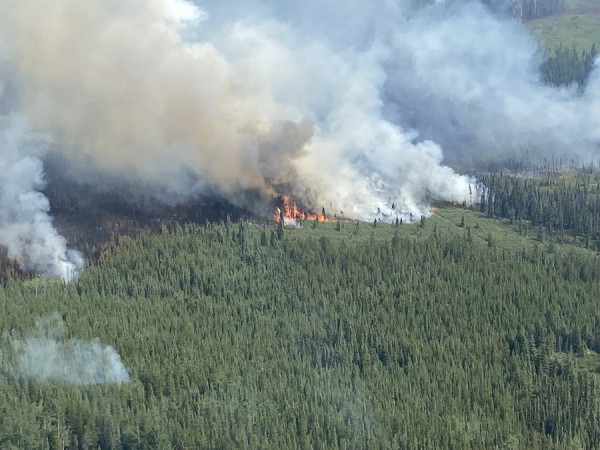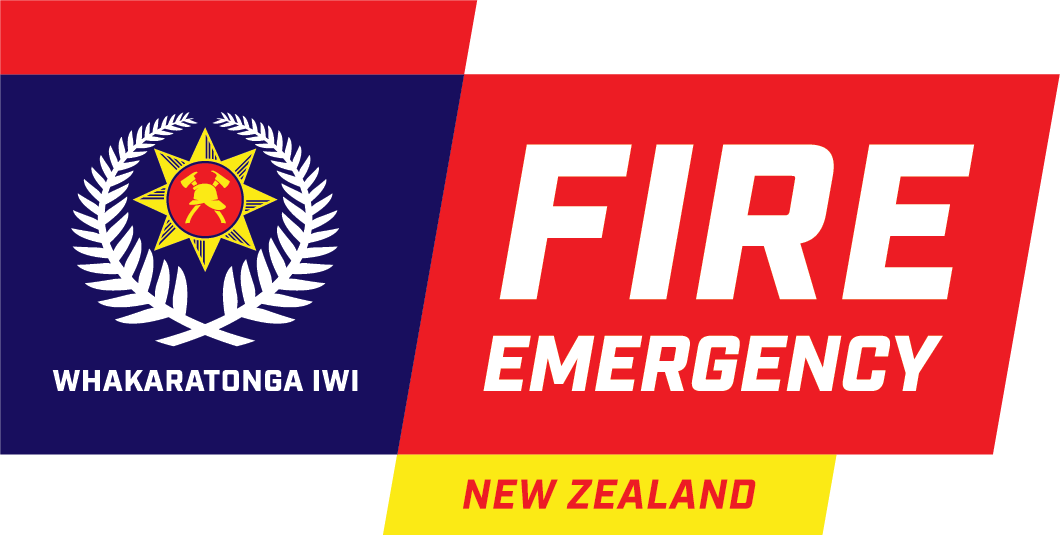‘Shadowing’ incident management at Canadian wildfires
Two of our people recently spent two weeks in British Colombia, Canada ‘shadowing’ Type One Incident Commanders and Incident Management Teams (IMTs).
Group Managers Alan Doherty (Waikato) and Craig Cottrill (Wellington) went to observe how Canadian IMTs manage complex and large wildfires, which are becoming more frequent and severe due to climate change.
This is the first time Fire and Emergency has sent ‘shadows’ to Canada, and the aim was for Alan and Craig, who are themselves Incident Controllers, to gain experience and bring back a greater understanding of managing a large-scale wildfire to help further develop our wildfire and IMT capability.
Alan said they observed four totally different incident management teams and styles.
‘We started off at the Donnie Creek Fire, followed by Mackenzie, Vanderhoof, and then Prince George, which was an Incident Management team that co-ordinated response across a large geographical area. It was interesting to note the completely different styles of the four Incident Commanders, for example, one was very focused on the welfare of his team and another was task focused. What I observed will help me with my own leadership skills.’
Alan mentioned that a significant number of the fire-affected areas were situated in distant, vast and remote regions, and these fires had grown to immense proportions. For him coming from a built environment background, it was a steep learning curve. This was particularly evident when he and Craig joined a firefighting team for a day to manually create a fire line through a dense and damp vegetated area.
‘I learned a huge amount. The Canadians have a well-planned and quite lengthy process for firefighters to meet the criteria to be part of an IMT. They must be very well trained and have a lot of experience.
‘I spent some time with a structure protection team which triages what structures to defend and how, and what to leave. For example, one method that was used on buildings is dams and sprinklers. Sprinklers are put on the roof and water is pumped out of a portable dam to protect the building from embers setting it alight. We also engaged with First Nation (indigenous peoples) creating a plan on how we would protect one of their cemeteries.’
Craig said he was at the same fires as Alan, but they split up and observed different parts of the IMT. He said the Canadians are highly strategic in their approach to firefighting, focusing on protecting life first and then high value assets and structures.
‘Structure protection triaging was a good example of this. They worked out what most needed to be protected and what could be left, and what needed the utmost effort thrown at it, for example the Alaskan Highway, which was very close to the Donnie Creek Fire.
‘The scale of the fires is something else. One day I flew around the Donnie Creek Fire in a helicopter. The fire was over 660,000 hectares and the trip took over 3 ½ hours – at one point we were getting low on fuel, so we had to land to refuel the helicopter.’
Craig says he also learned a lot about leadership and tactics from the Canadians and both he and Alan will present to the Service Delivery Leadership Team on what they observed and how they believe we can improve our incident management teams.
‘The Canadians are so much more comfortable in the big fire environment than we are, and really to get that experience you need to deploy over there and experience it yourself; this was my fifth international deployment and yet I still learned so much. I mean, you never stop learning.’
Both said they felt lucky and fortunate to be given the opportunity to go to Canada to shadow and that it was a ‘life changing’ experience.


Craig and Alan


